The game that Charles Saatchi plays in The Naked Eye is to find photographs of subjects that look surprisingly like something else. A stork in mid-flight seems to have a jet-trail streaming from it; an ant silhouetted on the rim of a cup seems to be the same size as a helicopter hovering in the sky next to it. An elephant, if you really suspend disbelief, looks as though it is balancing on outstretched trunk (but it was done, with the help of a taxidermist, by Daniel Firman, who wanted, for some reason, to show what an elephant might do in low enough gravity).
One of the book’s rules is that the images must not be Photoshopped, though since photographic images have been manipulated since they were first invented, there is no universal law that says hidden wires are more honest than computer-generated images.
Some of the photographs here simply show unusual events. A Nile crocodile at a Taiwan zoo holds in its jaw the detached hand of its keeper Chang Po Yu. The heading on the accompanying text reads: ‘Rather poor Yu than poor me.’ But we learn there was a happy ending, for after a seven-hour operation the hand was successfully re-attached. Other images show more familiar oddities: tree-climbing goats, a very big hole that opened up in Guatemala City or the traffic-light sculpture that for several years cheered up a roundabout in London’s Docklands.
The accompanying text is not a commentary on the pictures but a discursive ramble that would be more comfortably enjoyable if it were not slightly alarming. A picture of chairs leads the author to a discussion of the Chippendales, the male strippers. ‘Its founding partners have both become infamous murderers.’ (Paul Snider killed his wife, then himself; Somen Banerjee, we are told, organised a hit-man to murder a business associate, then hanged himself in his cell.) The drooping tulip (on the previous page), snapped by Tatiana Mikhina from a careful perspective, looks like a ballet dancer’s tutu. Saatchi declares:
For most of us, ballet is simply a bore. And even its practitioners know its appeal is limited — though of course not merely to people who enjoy looking at flexible girls wearing little, or men in tights and codpieces.
Several images result from optical trickery: a gigantic floating helium balloon constructed by Ahmed Ögüt in the shape of the rock in Magritte’s ‘Le Château des Pyrénées’; eggs photographed in a tiny model of a kitchen built by the artist Petros Chrisostomou. That’s art, if you like.
The selection most closely approaches an Enlightenment cabinet of curiosities, with such items as a red apple with its peel cut into the shape of a global map, with the exposed flesh as the oceans (photographed by Kevin Van Aelst). That would have pleased Elias Ashmole, who acquired for his museum ‘the passion of Christ carved very daintily on a plumstone’.
Other objects are found. There is a tree (above) that looks like a woman dancing, a branch resembling her thrown back leg, the bent trunk resembling her jutting breast, boughs reaching up like arms. There is a praying mantis perched on tandem circular plant fronds so that it looks as though it is riding a bicycle. But is the tree like something from Ovid’s Metamorphoses or from suburban topiary? Is the mantis like something from Kafka or from the more vulgar Walt Disney?
The design of the book is strangely awkward, with large print but too narrow margins, and tiny picture captions on the limits of legibility. Its less contrived effects of nature seem to me the most pleasing. There is an example of mammatus clouds (in Nebraska, photographed by Jorn Olsen): ‘The name is derived from the resemblance to bosoms (e.g. mammaries), though clearly they can momentarily resemble a sky filled with bottoms.’ A more restfully nebulous image is of a row of skyscrapers poking out of the clouds in Dubai.
Got something to add? Join the discussion and comment below.
Get 10 issues for just $10
Subscribe to The Spectator Australia today for the next 10 magazine issues, plus full online access, for just $10.
Available from the Spectator Bookshop, £13.49, Tel: 08430 600033. Christopher Howse works for the Telegraph.
You might disagree with half of it, but you’ll enjoy reading all of it. Try your first month for free, then just $2 a week for the remainder of your first year.

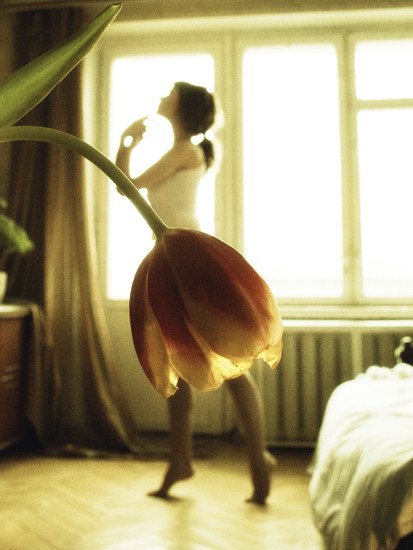
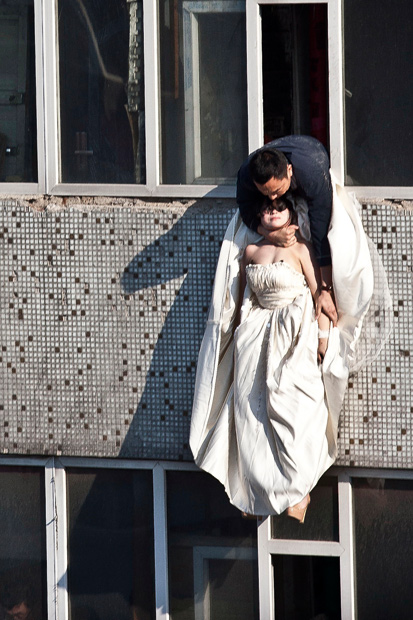
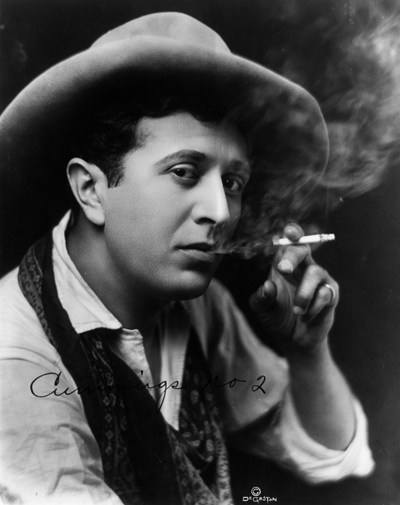
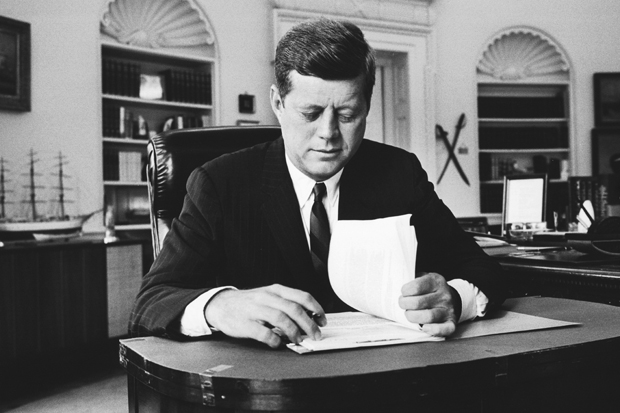
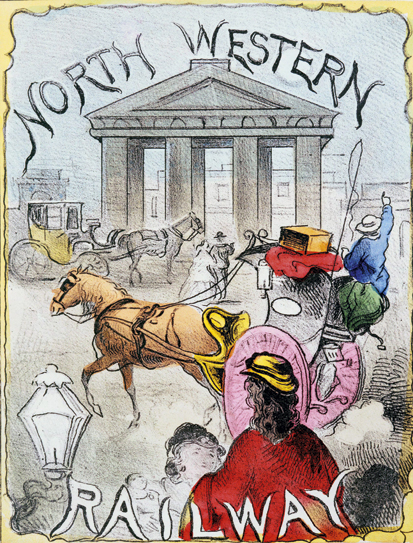
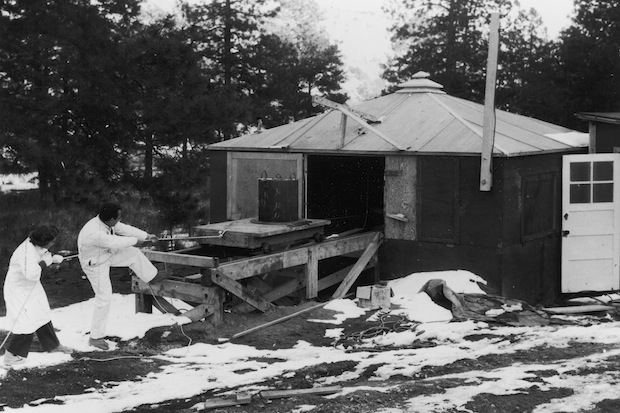
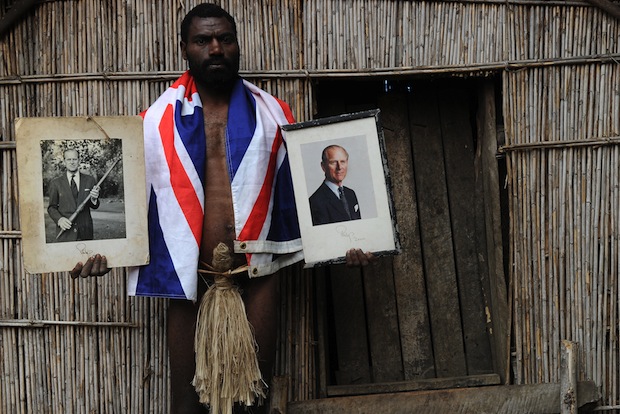






Comments
Don't miss out
Join the conversation with other Spectator Australia readers. Subscribe to leave a comment.
SUBSCRIBEAlready a subscriber? Log in